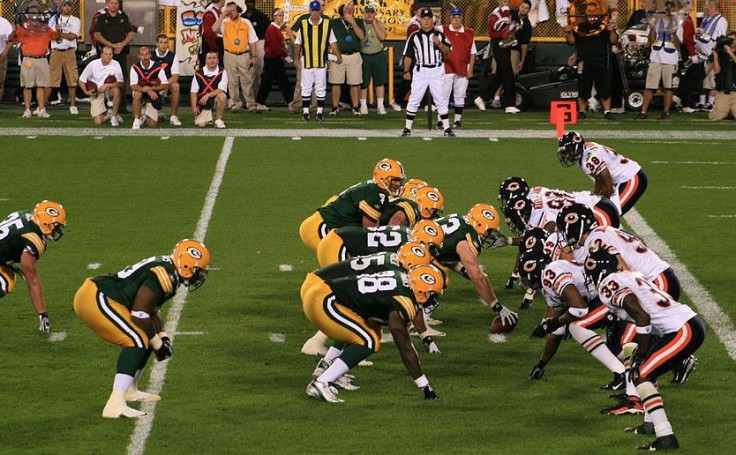Concussion Symptoms Should Disqualify Athletes, Say New Brain Injury Guidelines

Concussion symptoms should keep athletes out of the game, say new sports brain injury guidelines from the American Academy of Neurology (AAN).
More than one million American athletes experience a brain injury every year, putting them at increased risk for long-term brain damage. The new evidence-based guidelines can help evaluate and manage athletes who have suffered concussion symptoms while playing sports, and keep them from risking further brain injuries.
"Among the most important recommendations the Academy is making is that any athlete suspected of experiencing a concussion immediately be removed from play," said co-author Dr. Christopher C. Giza.
"We've moved away from the concussion grading systems we first established in 1997 and are now recommending concussion and return to play be assessed in each athlete individually. There is no set timeline for safe return to play."
The new brain injury guidelines suggest that athletes with suspected concussion symptoms be removed from sports immediately, and not returned to the game until they have been fully assessed by a licensed health professional. Even after assessment, athletes should return to play slowly, and only after acute concussion symptoms have disappeared.
Younger athletes of high school age and younger should be treated far more cautiously. Research shows that younger people recover more slowly from concussion symptoms, and since their brains are still maturing, they are at higher risk for subsequent brain damage.
Brain injuries like concussions are clinically diagnosed with symptom checklists and neuropsychological testing, but require professional management.
Concussions symptoms include any of the following that occur after a blow to the head:
- Headache and sensitivity to light and sound
- Changes to reaction time, balance and coordination
- Changes in memory, judgment, speech and sleep
- Loss of consciousness or a "blackout" (happens in less than 10 percent of cases)
So how will players and coaches know when concussion symptoms are bad enough to put a sports player out of the game?
"If in doubt, sit it out," said Dr. Jeffrey S. Kutcher of the University of Michigan Medical School. "Being seen by a trained professional is extremely important after a concussion. If headaches or other symptoms return with the start of exercise, stop the activity and consult a doctor. You only get one brain; treat it well."
The AAN developed its new concussion guidelines by evaluating all the current research until June 2012 and consulting many experts from different fields.
The guidelines may seem conservative, but while they suggest that an athlete should be removed from sports immediately after a concussion, they do not require absolute rest for people who have concussion symptoms. There is still insufficient evidence to support completely avoiding all physical exertion after a blow to the head. The AAN takes no issue with activities that carry no risk of worsening symptoms or repeat concussions.
The following are some of the AAN's specific tips for athletes and coaches:
- An athlete with one or more previous concussions is at greater risk for another concussion.
- Concussion risk is greatest in football and rugby, followed by hockey and soccer. The risk of concussion for young women and girls is greatest in soccer and basketball.
- The first 10 days after a concussion appears to be the period of greatest risk for being diagnosed with another concussion.
- There is no clear evidence that one type of football helmet can better protect against concussion over another kind of helmet. Helmets should fit properly and be well maintained.
- Health professionals trained in treating brain injuries should look for ongoing symptoms like headache and fogginess, as well as history of concussions and younger age in the athlete. Each of these factors has been linked to a longer recovery after a concussion.
- Risk factors linked to chronic neurobehavioral impairment in professional athletes include prior concussions, longer exposure to the sport, and having the ApoE4 gene.
The AAN guidelines follow a great deal of media attention on concussion symptoms. In the past week, the National Football League and General Electric have launched a major research study on diagnosing and treating brain injuries.



























